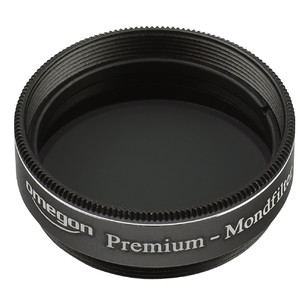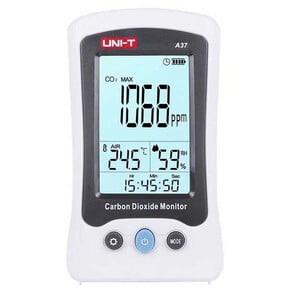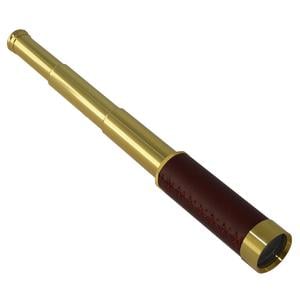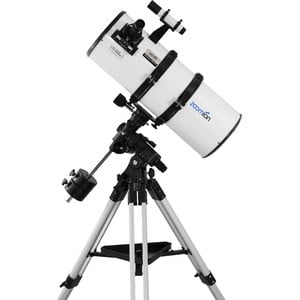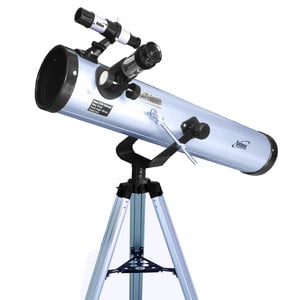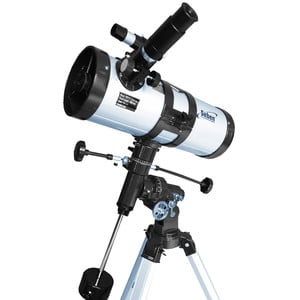Zoomion Viking 60AZ - My first telescope for observing the Moon and planets
Discover the night sky above you! The Zoomion Viking 60AZ telescope lets you see thousands of craters on the lunar surface or Saturn with its rings. This refractor telescope unlocks so many secrets of the night sky.
The advantages in a nutshell:
- 60mm refractor telescope with 900mm focal length
- ideal for Moon and planets
- aluminium tripod and altazimuth mount for effortless operation
- quick and easy assembly
- get started right away - extensive accessory set included
60mm Refractor telescope - 73 times more powerful than the naked eye
The Viking is a classic telescope lens telescope. Ancient astronomers studied the night sky with such telescopes. But the best part is that, if you have never looked through a telescope before, it will show you details that will amaze and delight you.
As simple as a camera tripod - the AZ mount
The Viking 60Az mount is a very simple design: The aluminium tripod and the altazimuth mount form a single unit. This lets you intuitively navigate your telescope to any desired object. The elevation rod is then used to centre your object precisely in the eyepiece.
For the astronomy and nature-watching
This telescope is ideal for your first forays into the universe. It is, for example, ideal for detailed lunar observing. But it is also equally suitable for nature-watching. You can spot a distant object, centre it in the field of view, and then use the huge zoom range to observe the distant object as if it were close at hand.
All-in-one: The accessory package
This telescope comes with a complete set of accessories. This means no stress about having to acquire extra accessories.
Our expert comment:
Are you looking for a high-quality telescope?
Then take a look at our premium Omegon Dobson telescope Advanced X N 203/1200. It offers you a more stable base and significantly better optics.
It's worth a look: Here you can find all [https://www.astroshop.eu/telescopes/10/m,Omegon/a,Teleskope.Empfohlen-Fuer=Advanced "Omegon Advanced telescopes."]
